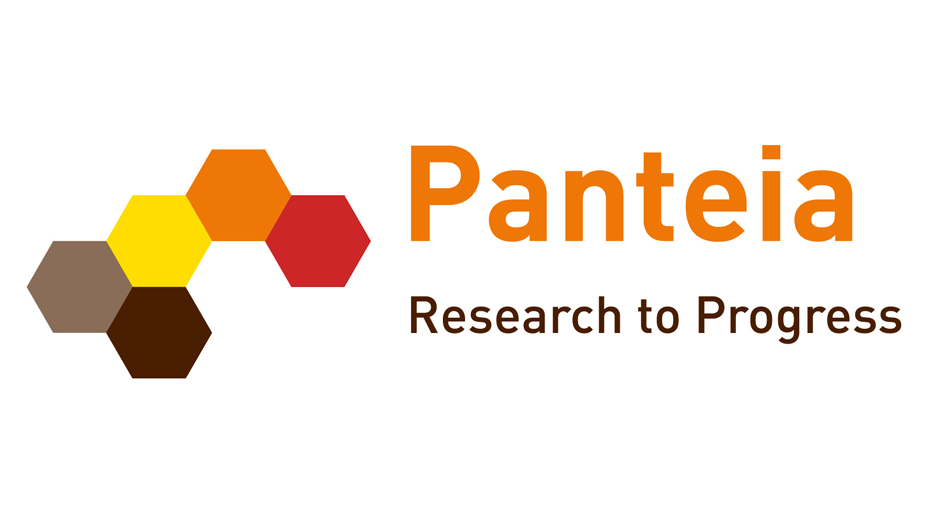The transport consultancy PANTEIA and the University Roma Tre have issued a “rapid-response briefing” on “COVID-19 and urban mobility: impacts and perspectives”, on behalf of the Policy Department for Structural and Cohesion Policies in the Directorate-General for Internal Policies of the European Commission. It is among the first papers dealing with the COVID-19 crisis from the point of view of transport and logistics. While it is mainly about passenger traffic, there is a chapter about logistics.
The briefing provides an overview on the state of play and trends of urban transport since the outbreak of the COVID-19 pandemic. It outlines four scenarios, the prevalence of one or the other depending on the priorities established by policy makers and service providers. The briefing delivers general recommendations for a post-COVID-19 smart and sustainable urban transport and a set of desirable actions on how to integrate EU response into existing policy priorities.
We print the chapter “3.1.4. Freight and logistics” here in full:
The pandemic has highlighted the role of urban logistics as an essential public service for the city, similar to passenger transport. Public authorities should not delegate its management to private companies, but rather take responsibility when it comes to the regulatory and planning aspects. Fragmentation in loads and trips is accentuated by the recent expansion of e-commerce and instant deliveries and further accelerated by the COVID-19 lockdown, contributing to an increase in the number of deliveries and in terms of environmental impact, and adding new types of soft modes (cargo-bikes, scooters) for freight movements. The sector is struggling to manage this excess of demand due to the lack of workforce, assets and resources. Local authorities could consider encouraging collaboration between operators by supporting the integration and partnership of business networks, not only vertically but also horizontally, and favouring the sharing of resources (infrastructures – e.g. warehouses, transit points, etc. – vehicles, information systems, etc.) to rationalise and optimise delivery, collection times and spaces in cities. Technological and organisational innovations, such as Augmented reality and Digital Twins (see note 1 below), blockchain and Physical internet (PI) (see note 2 below) will allow an even greater integration of the supply chain, with significant benefits in terms of last mile logistics services.
Increased demand also requires new spaces for more frequent stops of logistics operators. Clear policies on loading/unloading areas must be developed, integrating freight into the planning of a more dynamic and flexible use of curb space. Parking and kerbside management guidelines are popping up, especially from North America (see NACTO, Pembina Institute, etc.), and addressing also freight needs. It is necessary, with an integrated approach, to intervene on the cities’ time-schedules and encourage smart working (also in public offices) to avoid concentration flows during peak hours.
Digitalisation can support the further development of “contactless” delivery of goods and services to final consumers. This is desirable to minimise the risk of contagion and increase efficiency of the deliveries by significantly shortening the time the driver takes to manually bring the parcel to the receiver.
Riders, together with couriers, have played a fundamental role especially during the lockdown period. These workers must be assured of greater safety and contractual guarantees. Moreover, logistics companies must ensure safer working areas – there have been several cases of clusters of infections initiated in logistics dispatching centres, such as in the U.S., Germany and Italy.
Note 1: A Digital Twin is a digital replica of a complex real-world urban environment and represents the different processes, actors and their interaction. This approach is useful to test new measures and anticipate their impacts before actually implement them.
Note 2: Smart contracts offered by blockchain technology can support more efficient and secure collaboration among logistics players, and enable PI deployment. PI aims at realising full interconnectivity (information, physical and financial flows) of several (private) freight transport and logistics services networks and make them ready to be seamlessly usable as one large logistics network.
For more information, contact Maria Rodriguez at PANTEIA.
